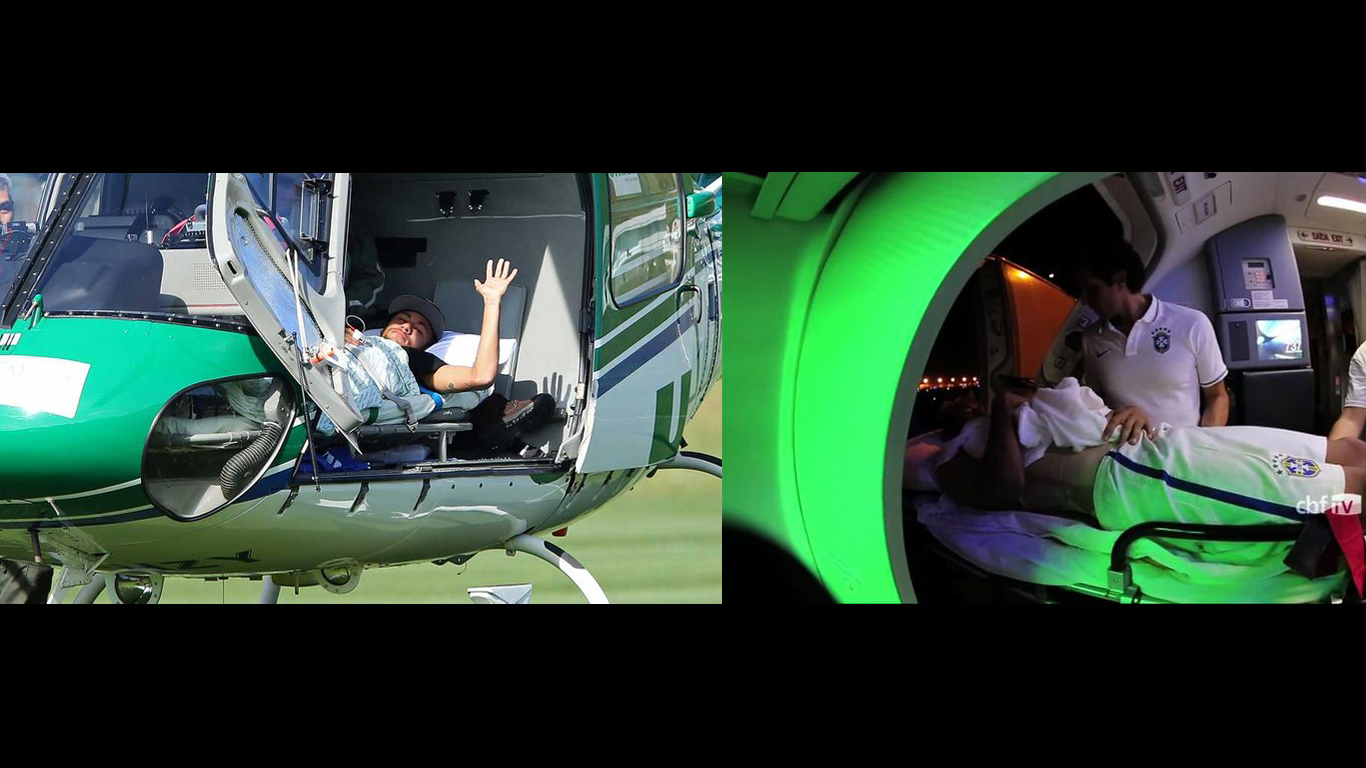But what about the guys who make the fish tanks? Wayde King and Brett Raymer return Monday in Season Two of the reality series “Tanked” (Animal Planet, 8 p.m. ET). The 20-episode season follows the two brothers-in-law, former New Yorkers, as they build custom-made acrylic fish tanks for celebrity clients as well as average Joes who want to spice up their businesses or dens.
No idea seems too wild for Wayde and Brett, who moved to Las Vegas 15 years ago to follow their dream to build the world’s most outrageous fish tanks.
In Season Two, viewers will see the duo, along with King’s wife (and Raymer’s sister) Heather; and Brett and Heather’s father Irwin (a.k.a. “The General”) build a working pinball machine tank, a 2,500 litre headboard tank, a mobile school bus tank and a tank in the shape of the KISS band logo.
In Monday’s episode, Acrylic Tank Manufacturing has two weeks to create and install two very different projects: a natural water tank built right into a stainless steel refrigerator (complete with working water dispenser) and a five-and-a-half metre long, 7,500-litre shark tank for a dental office.
Animal Planet didn’t have to reel in Wayde and Brett — they came to the network.
“People used to come into our office all the time and say, ‘You guys are such great characters,’” says Raymer. It took five years, but eventually Animal Planet was hooked and a deal was landed.
Exposure from the first season brought offers to do more and more outrageous fish tanks. The boys never divulge prices on “Tanked,” but Raymer admits the costs range from “a few thousand on up.”
The biggest single project they've tackled to date is a massive dolphin pool. They also did a tank for a church in Dallas that parishioners enter by walking under two fish-filled aquarium archways. The front panel is 19 centimeters thick, and it weighs more than 26,000 kilograms.
“They built the entire church around it,” says King. “You dream it, we can build it.”
The KISS logo tank got the seal of approval (there are those puns again) from Gene Simmons and other band members. Tracy Morgan from “30 Rock” also gets a shark tank this season on “Tanked.”
The company has built custom aquariums for several celebrities, including Steven Spielberg, Kobe Bryant, Dr. Dre, Chad Johnson and Jorge Posada.
“We’ve done Usher’s car for the MTV Music Awards,” says Raymer. “There are many hotels, many casinos, a variety of different celebrities.”
One of the trickiest tanks to build was the one inside a working pinball machine. Raymer says the fish are not disturbed by the noise and flashing lights. “Acrylic is usually thick and it’s a good insulator,” he says, “so it works well with aquariums.”
The company gets the fresh water and salt water fish, including manta rays and sharks, from “fish farms” that breed many species just for aquarium use. Besides the tanks themselves, the company also custom builds decorative goodies that go inside, including the milk jugs, peanut butter jars and pop tins (decorated with their own likenesses) that went into the refrigerator tank.
According to King, there’s only one thing the fish really don’t want to see inside the tanks: “fork and knife.”
The company has built custom aquariums for several celebrities, including Steven Spielberg, Kobe Bryant, Dr. Dre, Chad Johnson and Jorge Posada.
“We’ve done Usher’s car for the MTV Music Awards,” says Raymer. “There are many hotels, many casinos, a variety of different celebrities.”
One of the trickiest tanks to build was the one inside a working pinball machine. Raymer says the fish are not disturbed by the noise and flashing lights. “Acrylic is usually thick and it’s a good insulator,” he says, “so it works well with aquariums.”
The company gets the fresh water and salt water fish, including manta rays and sharks, from “fish farms” that breed many species just for aquarium use. Besides the tanks themselves, the company also custom builds decorative goodies that go inside, including the milk jugs, peanut butter jars and pop tins (decorated with their own likenesses) that went into the refrigerator tank.
According to King, there’s only one thing the fish really don’t want to see inside the tanks: “fork and knife.”
Watch the exclusive interview at Bloomberg www.bloomberg.com
ref: www.680news.com

















.jpg)


